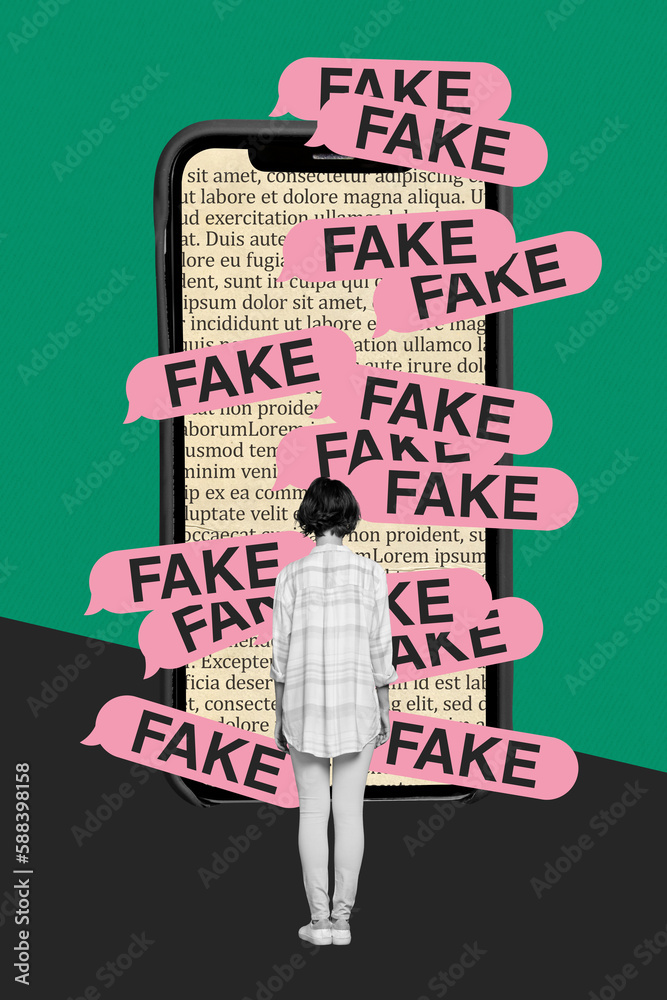The digital age has ushered in an era of unprecedented connectivity, but also unforeseen threats. Among the most concerning is the rise of artificial intelligence used for malicious purposes. A recent, chilling incident involving an AI Rubio impersonator calling foreign ministers has sent ripples through diplomatic circles, highlighting the escalating danger of deepfake technology in global affairs.
This audacious act underscores a critical vulnerability: the ease with which sophisticated AI can be leveraged to impersonate high-ranking officials, potentially sowing chaos, spreading misinformation, and undermining international trust. It’s no longer a futuristic concept from a spy movie; it’s a present-day reality that demands immediate attention and robust countermeasures.
The Alarming Incident: An AI Rubio Impersonator on the Line
The incident came to light when multiple foreign ministers, including those from Estonia and Latvia, received calls from an individual purporting to be Senator Marco Rubio. While the voice on the other end of the line was eerily similar to Senator Rubio’s, subtle discrepancies and the unusual nature of the conversation quickly raised red flags. It was soon confirmed: the caller was not the real Senator Rubio, but an advanced AI Rubio impersonator, a deepfake voice engineered to mimic his vocal patterns and inflections.
The calls were reportedly brief, seemingly probing for information or testing the waters, though the full extent of their content and intent remains under investigation. The sheer audacity of the attempt, targeting senior diplomatic figures, demonstrates a sophisticated understanding of geopolitical targets and the potential for exploiting digital vulnerabilities. This was not a casual prank; it was a calculated attempt at deception with potentially serious consequences for international relations.
Unmasking the Technology: How AI Voice Cloning Works
The technology behind an AI Rubio impersonator is known as deepfake audio or AI voice cloning. It leverages advanced machine learning algorithms to analyze vast amounts of audio data from a target individual’s voice. This data includes pitch, tone, cadence, accent, and unique speech patterns.
Here’s a simplified breakdown of the process:
- Data Collection: AI models are fed hours of existing audio recordings of the target’s voice – from speeches, interviews, podcasts, or public appearances.
- Feature Extraction: The AI identifies and extracts the unique acoustic features that define the target’s voice.
- Voice Synthesis: Using these extracted features, the AI can then generate new speech in the target’s voice, even synthesizing words and phrases the person has never actually spoken.
- Refinement: Sophisticated models can even replicate emotional nuances, making the synthetic voice incredibly lifelike and difficult to distinguish from genuine human speech.
The rapid advancement in AI voice cloning has made these tools increasingly accessible, sometimes even with minimal source audio. This accessibility significantly lowers the barrier for malicious actors to create convincing audio deepfakes, posing a significant challenge to verification and trust.
The Grave Implications for National Security and Diplomacy
The incident with the AI Rubio impersonator serves as a stark warning about the profound implications of deepfake technology for national security and international diplomacy. The potential for misuse is vast and alarming:
Disinformation and Misinformation Campaigns
One of the most immediate threats is the ability to spread false information. An AI-generated voice of a politician or diplomat could be used to make fabricated announcements, issue false directives, or create “scandalous” audio clips designed to incite public unrest or political instability. Such deepfakes could easily go viral, making it difficult to counter their damaging effects, even after they are exposed as fake.
Undermining Diplomatic Relations
Imagine an AI impersonator making inflammatory remarks attributed to a foreign leader, or issuing conflicting instructions to diplomatic missions. Such actions could severely damage trust between nations, lead to misunderstandings, and even precipitate international crises. The ability to verify the authenticity of communication becomes paramount when AI can so convincingly mimic human voices.
Espionage and Intelligence Gathering
An AI voice could be used to trick officials into revealing sensitive information. A call from a seemingly trusted colleague or superior, even one asking seemingly innocuous questions, could be part of a sophisticated phishing or intelligence-gathering operation. The subtle art of social engineering is amplified exponentially when the “social” aspect can be perfectly faked.
Erosion of Public Trust
As deepfake technology becomes more prevalent, the public’s ability to trust what they hear or see will inevitably diminish. This erosion of trust can have far-reaching consequences, fostering cynicism towards legitimate news sources, government communications, and even democratic processes. When anyone’s voice can be cloned, authenticity becomes a constant question.
Strategies to Counter AI-Powered Disinformation
Addressing the threat posed by the AI Rubio impersonator and similar deepfake incidents requires a multi-faceted approach involving technology, policy, and education.
Technological Solutions
- Deepfake Detection Tools: Researchers are developing AI-powered tools capable of identifying subtle digital artifacts present in synthetic media that are imperceptible to the human ear.
- Digital Watermarking and Provenance: Implementing secure digital watermarks for official communications could help verify authenticity, similar to how blockchain technology can track digital assets.
- Biometric Voice Authentication: Enhanced security protocols could include real-time biometric analysis of voice during sensitive calls, though this presents privacy challenges.
Policy and Regulation
- Legal Frameworks: Governments need to enact specific laws addressing the creation and dissemination of malicious deepfakes, with clear penalties for misuse.
- International Cooperation: Since deepfakes transcend borders, international collaboration is crucial for sharing intelligence, developing common standards, and prosecuting perpetrators.
- Platform Accountability: Social media companies and tech platforms must be held more accountable for identifying and removing deepfakes and misinformation.
Awareness and Education
- Public Awareness Campaigns: Educating the general public about deepfake technology and how to identify it is vital to reduce susceptibility to misinformation.
- Official Training: Government officials, diplomats, and employees in sensitive positions should receive specialized training on deepfake threats and verification protocols for communications.
- “Verify, Don’t Trust Immediately”: Promoting a culture of skepticism and critical thinking, especially concerning unexpected or unusual communications from known individuals.
Beyond Rubio: The Expanding Threat Landscape of AI Impersonation
While the focus is currently on the AI Rubio impersonator incident, it’s crucial to understand that this is merely one manifestation of a much broader and evolving threat. AI impersonation is not limited to political figures or international diplomacy. Its potential applications for malicious intent are widespread:
- Financial Fraud: Deepfake voices could be used to impersonate bank managers or family members to authorize fraudulent transfers.
- Legal Impersonation: Fake audio or video could be used as fabricated evidence in legal proceedings.
- Corporate Espionage: Impersonating executives to gain access to sensitive company information or trade secrets.
- Identity Theft: Using AI-generated voices to bypass voice authentication systems.
The capabilities of AI are advancing at an exponential rate, making it imperative that our defenses evolve just as quickly. The “arms race” between AI development and AI security is very real.
Conclusion
The incident involving the AI Rubio impersonator making calls to foreign ministers serves as a resounding wake-up call for the international community. It underscores the urgent need to address the profound challenges posed by deepfake technology and its potential to destabilize international relations, undermine trust, and compromise national security.
Combating this threat requires a concerted, global effort involving technological innovation, robust legal and regulatory frameworks, and widespread public and official education. Only by understanding the capabilities of these advanced AI tools and implementing proactive countermeasures can we hope to safeguard the integrity of our communications, protect our diplomatic channels, and preserve the fabric of trust that underpins global stability in an increasingly digital world.
“`


